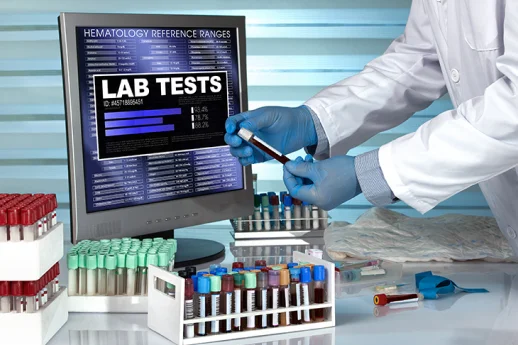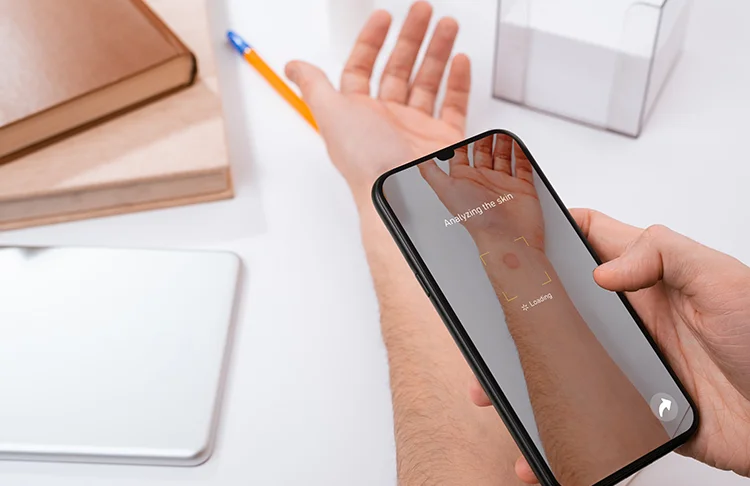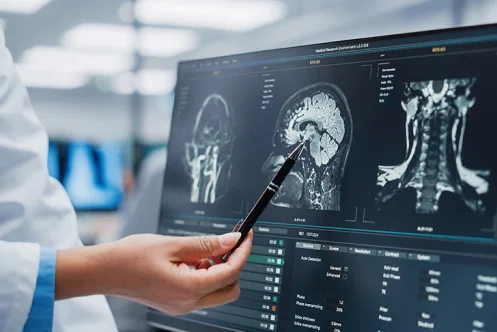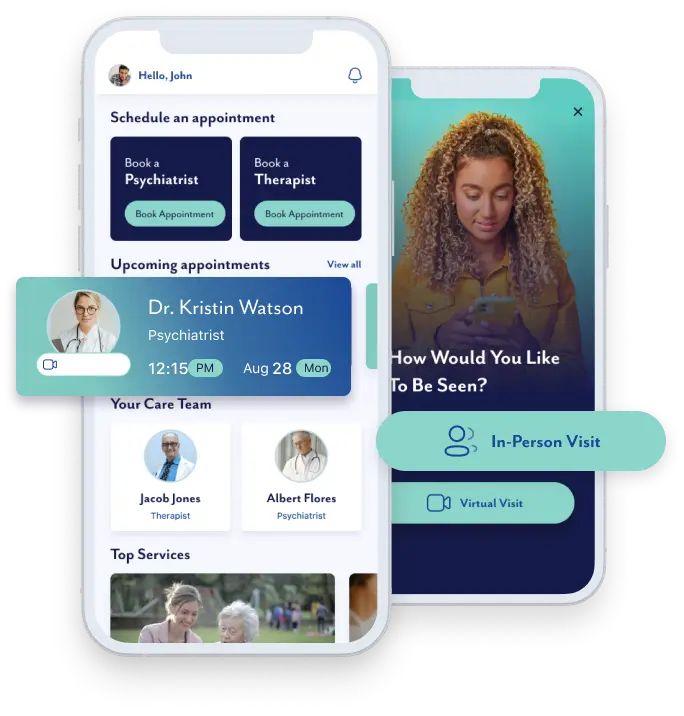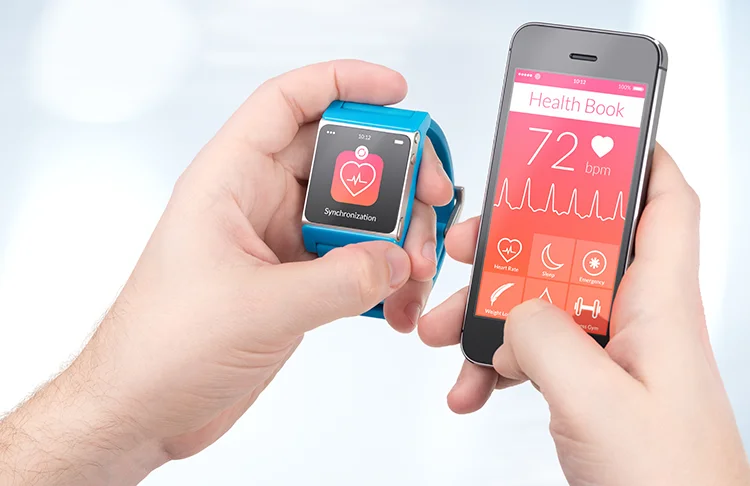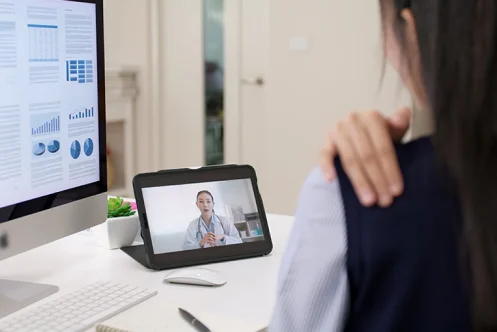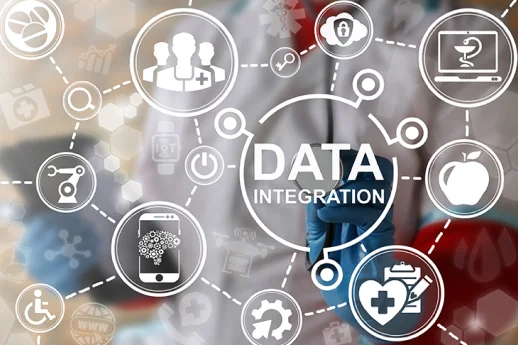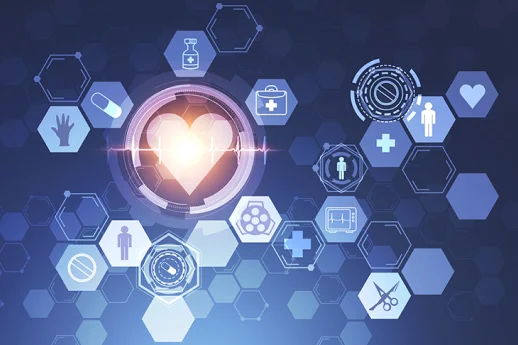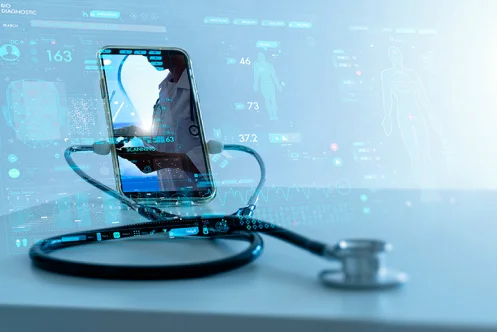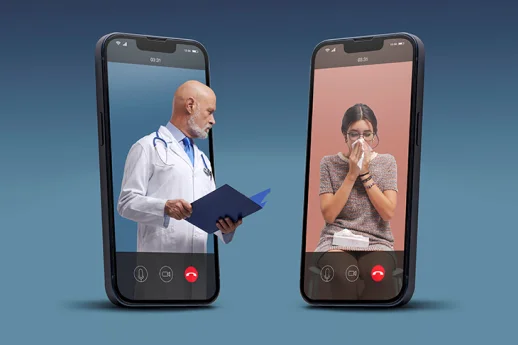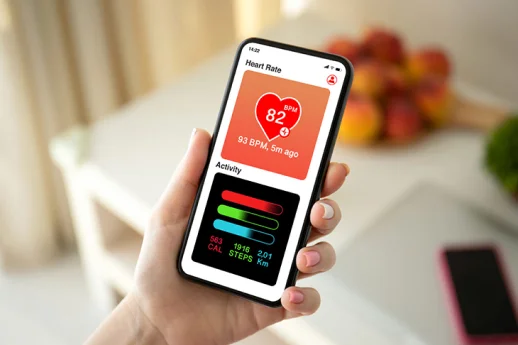EPIC HL7 Integration Services
Some of our many
amazing clients
Focus On What Truly Matters: Patient Care
At the heart of modern healthcare, efficient data sharing is key to delivering exceptional patient care. Our EPIC HL7 Integration services break down data silos, connecting EPIC’s Electronic Health Records (EHR) system with a wide range of healthcare systems, enabling real-time data exchange and improving interoperability across your organization.
Value Delivered By Our Integration Services
Data Security
We prioritize the safety and privacy of your patient information, implementing robust security measures to keep your data protected.
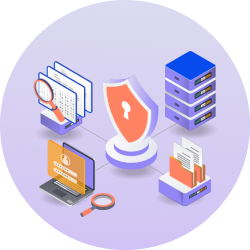
Improved Efficiency
Say goodbye to manual data entry and hello to automated workflows. Our integration services streamline processes, saving time and reducing errors.

Real-Time Data Sharing
With our EPIC HL7 integration, your healthcare professionals gain instant access to crucial patient data, leading to quicker and more informed decision-making.

Flawless Integration
Our expert team ensures a seamless connection between EPIC EHR and other vital healthcare systems, including EMRs, laboratory systems, billing, and more.
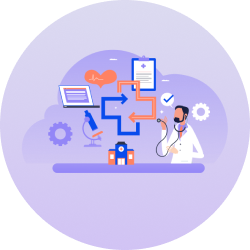
Value Delivered By Our Integration Services
Enhance Patient Care
Empower your healthcare providers with up-to-the-minute patient information, leading to more accurate diagnoses and better care outcomes.
Enhance Patient Care
Cost Efficiency
Streamlined processes lead to cost savings, making healthcare operations more efficient.
Cost Efficiency
Patient Satisfaction
Quick access to patient records means reduced wait times and more personalized care, increasing patient satisfaction.
Patient Satisfaction
Compliance
Ensure your healthcare organization stays compliant with industry standards, avoiding costly penalties.
Compliance
EPIC HL7 V3: Features & Customizations
This version is built around domains that provide hierarchical message descriptors, trigger events, storyboard descriptions, RIM domain object models, etc. Here are some examples of interfaces used in V3:
Outgoing Infection Reporting:
This interface streamlines CDA clinical document submission to meet NHSN standards for inpatient infection reporting.
Real-Time Location System:
Track staff, patients, and medical devices while streamlining workflows in a single facility.
Outgoing National Healthcare Survey:
This is for reporting the data from the surveys to the Center for Disease Control and Prevention (CDC).
Outgoing e-Rx Prescription Services:
Facilitates communication with prescription centers for prescription updates and reconciliations.
Outgoing Child Protection Data Sharing:
This interface directs queries to the NHS Spine to determine Child Protection or parental care status for the child in question.
Clinical Document Architecture:
This interface streamlines patient data exchange for care coordination using CDA.
The Emerging Healthcare
Companies Use Folio3’s AI
Healthcare Development
Tech Stack
Diving into the behind-the-scenes magic, our Healthcare development tech stack is like a perfectly curated playlist blending Frontend, Backend, Mobile, Cloud, Database and Compliance for an electrifying user experience.
The Development Roadmap To Victory
01
01
02
02
03
03
04
04
05
05
Client Testimonials










Kudos to your team for outstanding work in the discovery phase! Your team understood our business and workflows by asking the right questions and extracting the most useful information. Your team's ownership and results-oriented approach are commendable.
Shaukat Zakaria
CEO at HealthQuest
I’d like to thank everyone for their extra work and making the first release possible before the actual date. I'm overjoyed to see the practical aspect of our application come to life today and hoping to build great products with Folio3.
Maker Athian
Founder at iVision
We've successfully completed the first MVP and I appreciate everyone's efforts especially for the identical parts of the apps and now we have a live product on AWS through your excellent work. Thank you !
Maker Athian
Founder at iVision
I appreciate your remarkable work during the recent Laboratory service phase. Your determination, analytical thinking, and continuous efforts were crucial in overcoming challenges and achieving success. I appreciate your help as we collaborate to create fantastic items.
Maker Athian
Founder at iVision

Working with the folio3 team has been a great experience. Your dedication, creativity, and adaptability in overcoming challenges for the Moodology app project are truly commendable.
Azhar Ali
Director At AiGenics


Team Folio3 brought my dream app to reality, they explained every step to our non technical team professionally. wireframe and design processes were outstanding & they built stunning and perfectly integrated application. I think both patients and clinic will be significantly benefited.
Elizabeth Miazga
MD FRCSC at Saint Michael's Medical Center

Latest From Our Blog Post
Update Here
Frequently Asked Questions
Both Cerner software and HL7 standards are part of an HL7 Cerner integration. It is possible but highly difficult to implement a Cerner HL7 Integration without the help of a software development company with expertise in HL7 integration. However, if you have a team of expert developers who have the experience, then it is very possible. Otherwise, you will need a team of developers, Quality Assurance Specialists, as well as a project manager to help you implement your integration successfully.
OpenLink is a comprehensive application-independent Cerner open engine HL7 interface. It is an integration engine that helps provide healthcare companies with cost-effective, industry-standard integration development as well as management. It also provides advanced tools to help enable and maintain the flow of data and connect disparate systems. The tools also help IT experts and professionals manage complex data exchanges to be able to achieve the best business outcomes.
Millennium Web Services, in essence, is an API that reveals Cerner’s Millennium application and business logic via person-centric interfaces. Millennium Web Services include web services as well as Cerner HL7 interface specifications that provide real-time access to clinical services available on the Millennium platform. These include concepts around clinical documentation, patient demographics, clinical scheduling, results, and reporting. Millennium Web Services uses standard protocols such as REST, SOAP, and HTTPS.


